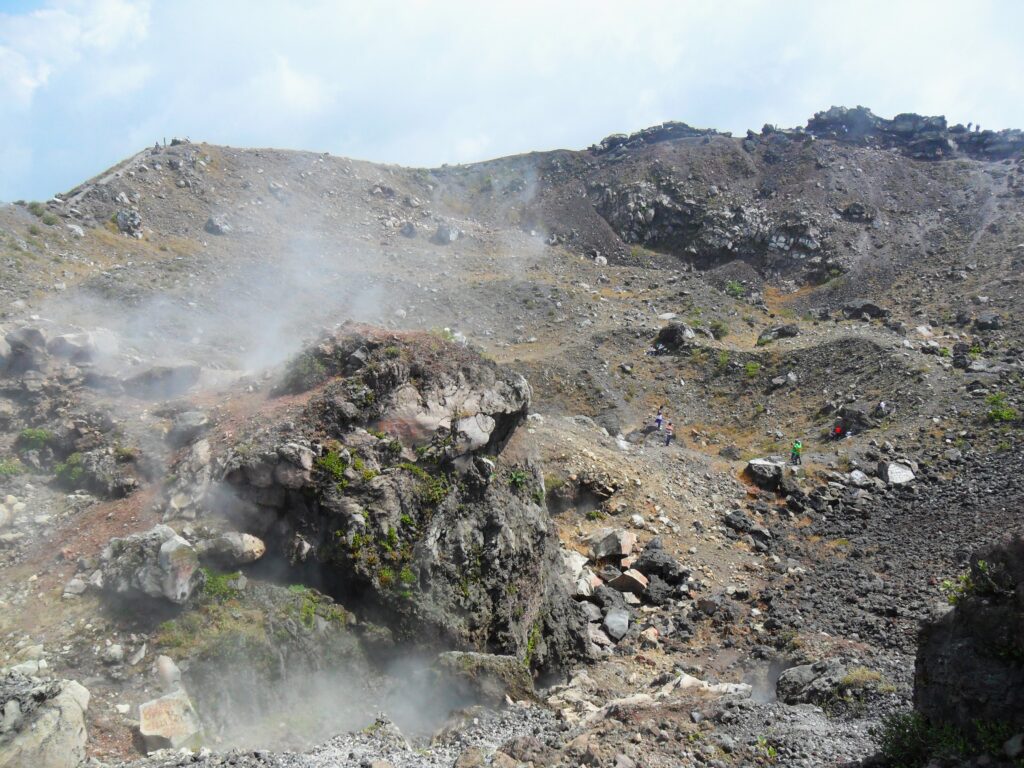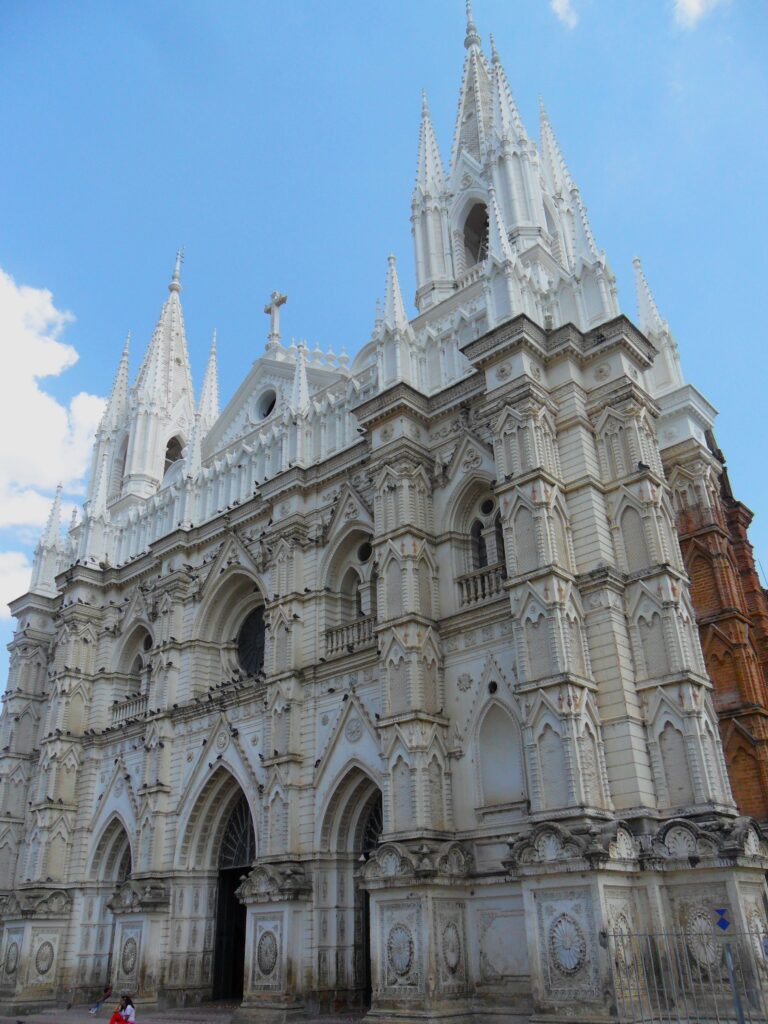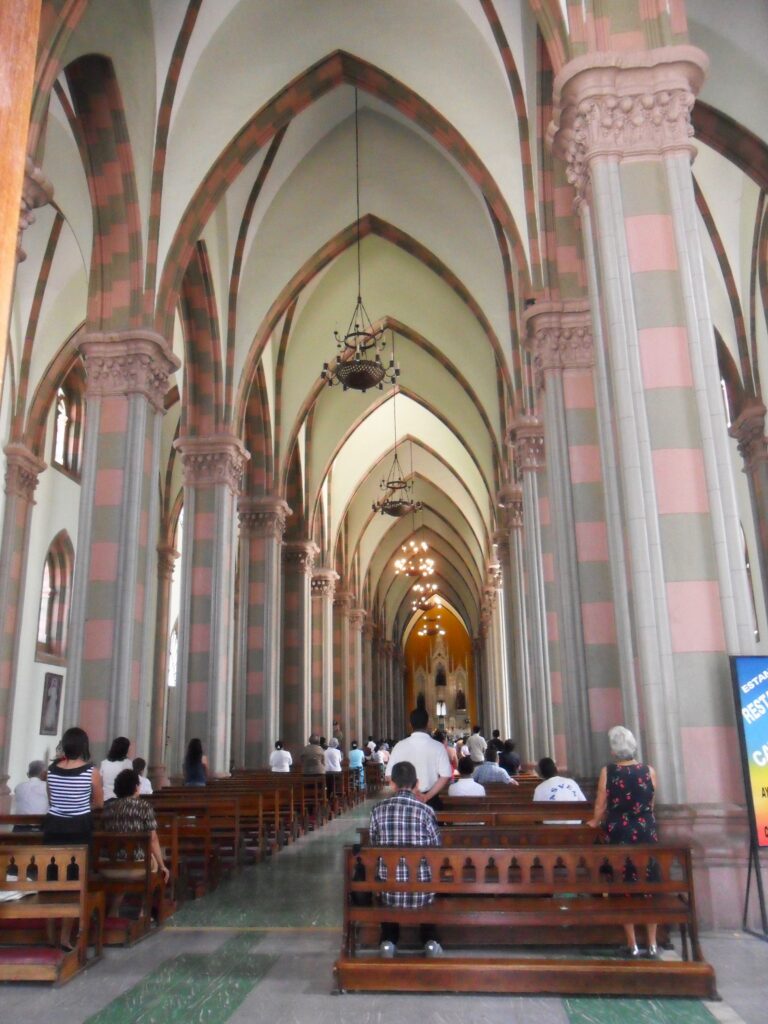Backpacking in El Salvador
I’m slightly ashamed to say my main perception of El Salvador, prior to travelling there, had been based largely on the reputation of San Salvador – its capital city – as one of the murder capitals of the world. It did hold the massively undesirable title of having the most murders per population in the world in 2015, although it has since steadily reduced the murder rates since then.
I’m prouder to say I travelled to El Salvador – to see for myself what the country has to offer visitors.


Santa Ana
I arrived in Santa Ana, a city of over 250,000 people, in the west of El Salvador. Its colonial history is demonstrated by its architecture – a large cathedral towers above the city. I had glimpses the insecurity that troubles the capital, as armed soldiers were stationed on the streets, guarding banks and other institutions. I was fortunate to avoid any scares while in Central America, but I did hear a few stories of travellers falling victim to robberies, some of which were violent, in my time there.
As in many cities in these Central American countries, hostels are dotted around the centre, which usually provide the most accessible and affordable accommodation for backpackers. The hostel I stayed in was relatively quiet, and the other three guests and I benefited from the hospitality of the welcoming host, who showed us around the local restaurants and bars. We could also arrange tours from the hostel to the sights around the city – namely, to the nearby volcano.


Climbing a volcano
I hadn’t stumbled upon many volcanoes in my life up to this point, so I didn’t know what to expect here. The first sight of it was an imposing one – steep slopes covered in dark rock, standing high above the surrounding area. There had been an eruption just five years prior but, thankfully, there was no sign of lava or ash on that day.
The hike started with a gentle incline down through a forest, before reaching the foot of the volcano. It was a daunting view up from there. The slopes were covered in dark rock, over scant vegetation, that necessitated weaving zigzags on the ascent. That, combined with the tropical sun above and the increasingly warm ground below, made this a challenging. As always, it was a rewarding trek.




The summit
It took around two hours to get to the top. There, one path circled the wide crater, while a second went down into it, burrowing into the volcano. Alarmingly, at the top, puffs of cloud and smoke emanated from the crater. The guide wasn’t worried, so I tried not to be.
The summit offered expansive views beyond, of relatively flat lands below, bar one mountain nearby. The neighbouring mountain stood in stark contrast to the volcano, with green slopes of bush and trees.
The trek down the volcano was far easier. And on returning to the starting point, we had a short encounter with an armadillo, that bustled through the leaves. Unfortunately, it scampered off before I could snap a photo.

El Mozote
I was kindly offered a ride from Santa Ana to stopover in San Salvador to the bus for my next destination. Carelessly, I had requested a lift to the wrong bus station, and I found myself needing to get across the city, with the gruesome reputation, to the other station. A simple taxi ride saw me through, and I boarded a bus heading northeast to Perquin, next to the Northern border with Honduras.
Perquin is a quiet town, drawing tourists for its history as a rebellion enclave during the civil war. Nearby is the site of El Mozote, a solemn reminder of the horrors of that war, and the impact it had on the people of El Salvador, with murals remembering the victims of the massacre there. There is also a hideout of the former rebel army nearby, displaying how they encamped in the forest to avoid attention of the government forces.

Perquin
I happened to meet the fellow hostel guests from Santa Ana were staying in the same accommodation as me in Perquin – and that happened a few times, meeting other travellers several times in different destinations.
One evening, we explored the forest around the town, which continues up to the northern border with Honduras. On my final day in El Salvador, I enjoyed relaxing at a small, freshwater pool just outside town. The temperature had risen, so it was nice to escape from the heat with a dip in the cold water.



Leaving El Salvador
I spent just a week in El Salvador. Given my relatively brief stint in the country, I feel there is much more for me to see. I had friendly encounters with residents, and observed sights of natural beauty, meaning I’m happy to say the impression I left El Salvador with was far more positive than the one I had entered it with. One day, I hope to return.